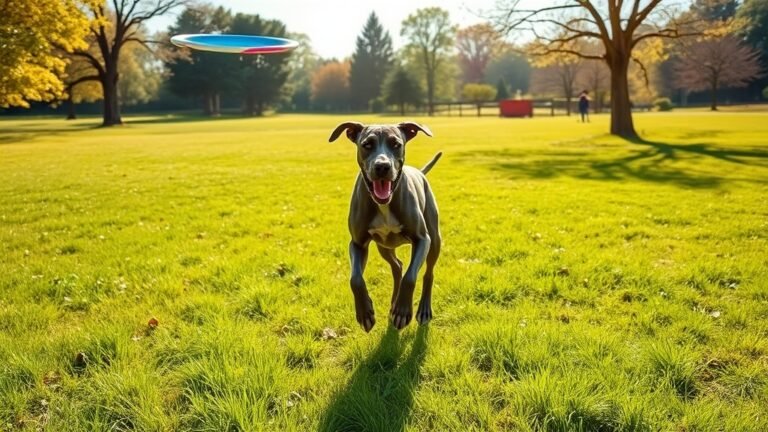Pet Door or Puzzle Box? You Decide.
Pet Door for a Great Dane Hey there, fellow humans! It’s me, your friendly neighborhood Great Dane, and I need to talk to you about something super important – getting me the right pet door! Listen, I’m not your average tiny pup who can squeeze through any old flap. Make sure that thing is at least 40…









